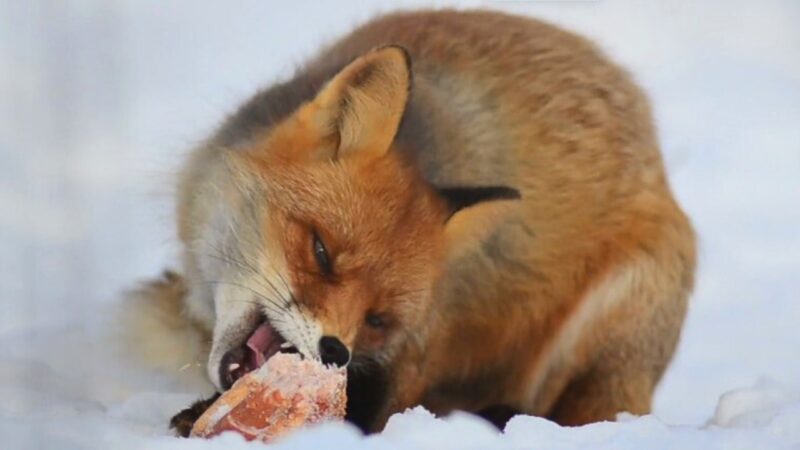Foxes, with their sharp eyes and bushy tails, have always been a subject of intrigue and curiosity. These adaptable creatures can be found in various habitats, from the wild terrains of forests to the bustling streets of urban areas. But what do they eat?
Today we’ll talk about the diet of both wild and urban foxes, shedding light on their eating habits and preferences.
What do they eat?
From an evolutionary standpoint, these animals have developed a diverse diet to survive in different environments. Their sharp teeth are perfect for tearing meat, while their digestive system can process fruits and vegetables. This adaptability has been key to their survival.
Which factors influence a fox’s diet?
Several factors influence a fox’s diet. These include:
- Region they inhabit: The geographical location of a fox greatly affects its food choices. For example, foxes living in forested areas might have access to a variety of small mammals, birds, and insects. In contrast, those in arctic regions would rely more on lemmings and other cold-climate prey. Urban foxes adapt to scavenging food waste and smaller urban animals.
- Season: During spring and summer, when food is more plentiful, their diet might include a larger variety of fruits, insects, and small mammals. In winter, when food sources are scarcer, foxes might depend more on stored body fat, carrion, and any available small animals or birds they can find.
- Availability of prey: In areas with abundant rodent populations, foxes may primarily feed on these small mammals. Conversely, in areas where rodents are less common, foxes might hunt more birds, insects, or even fish if available.
- Human influence: In urban areas or places with significant human activity, foxes often consume human food waste. This adaptation can lead to a varied diet that includes fruits, vegetables, meat scraps, and even pet food.
- Competition: Foxes may alter their diet based on the predatory pressure from larger animals like wolves, coyotes, or even other foxes.
- Personal preference: Just like humans, individual foxes may show preferences for certain types of food. These preferences can be influenced by their experiences, health, and what their mothers taught them to hunt and eat.
Diet of wild foxes
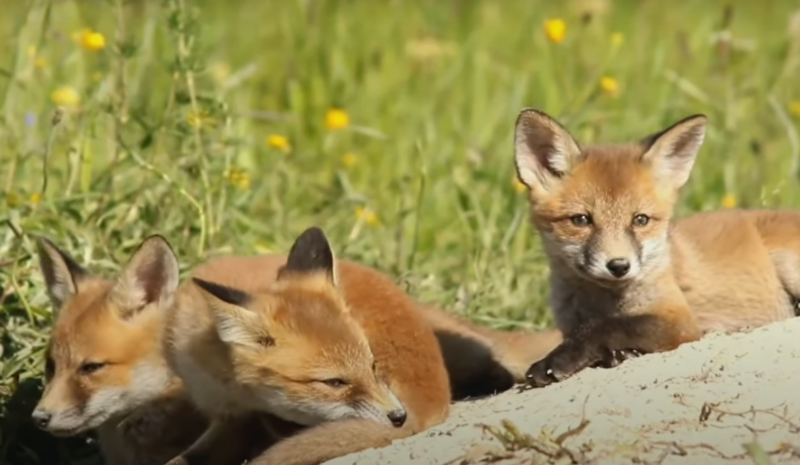
Small mammals and birds
Mice, voles, and rabbits constitute a significant portion of a wild fox’s diet. They also prey on birds, especially ground-nesting ones. These animals provide the necessary protein and fat required for their survival.
Insects and other invertebrates
Insects, such as beetles and grasshoppers, are a crucial part of their diet, especially during spring and summer. They also consume worms and other invertebrates, which are rich in nutrients.
Urban foxes and their adaptability
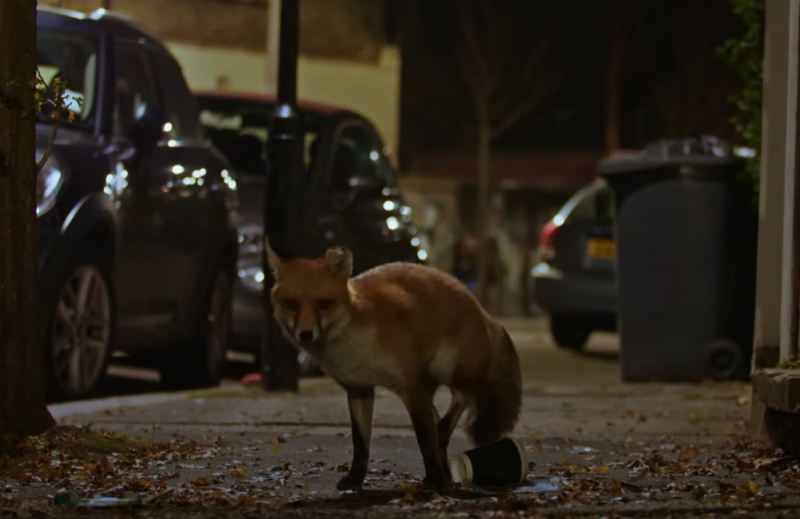
One of their primary food sources is human waste. They often rummage through garbage bins, looking for leftovers. This scavenging habit has allowed them to survive in areas where natural prey might be scarce.
However, despite living in cities, urban foxes haven’t lost their hunting instincts. They often prey on rats, pigeons, and other small animals. Gardens and parks provide the perfect hunting grounds for these adaptable creatures.
Fruits and vegetables in fox’s diet
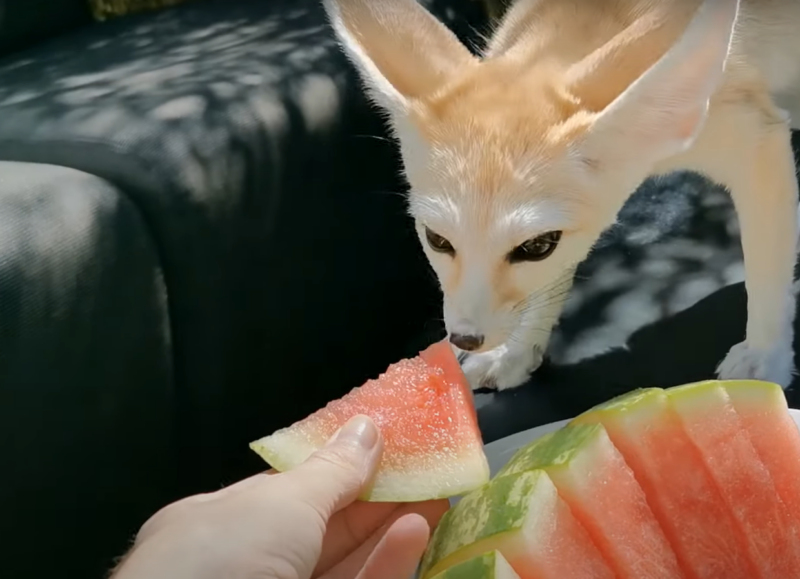
While meat is a staple in a fox’s diet, they also consume a variety of fruits and vegetables. This consumption is more common when their primary prey is scarce.
Fruits like berries, apples, and grapes are often consumed by both wild and urban foxes. These provide essential vitamins and are a source of hydration, especially during warmer months when water sources might be limited.
Foxes have been observed eating vegetables like carrots, potatoes, and even fungi. These vegetables, although not a primary food source, provide essential nutrients and add variety to their diet.
The role of seasonality
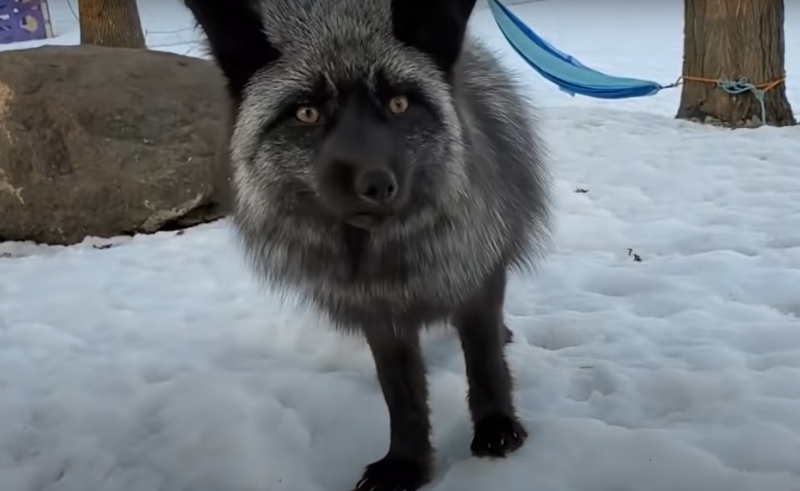
As the seasons change, so do the availability and type of food sources:
- Winter diet: During the cold winter months, foxes rely heavily on stored fat. They consume more meat, such as small mammals, to sustain themselves. The scarcity of insects and fruits during this time means a heavier reliance on protein sources.
- Summer abundance: Summer brings an abundance of food options for foxes. Insects are plentiful, and fruits ripen, offering a diverse range of foods. During this time, foxes might consume less meat and more fruits and insects.
Are there any threats to their natural diet?
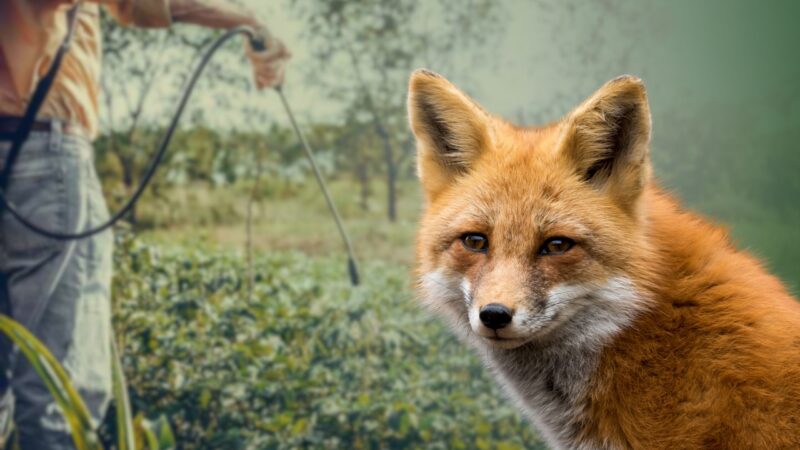
Human intervention and environmental changes pose threats to the natural diet of these animals. These threats can impact their health and survival rates.
Pesticides and pollution
Pesticides used in farming can make their way into the food chain, affecting the prey foxes consume. Consuming poisoned prey can lead to health issues and even death for them. Similarly, water pollution can impact the quality of hydration sources available to them.
Habitat destruction
As forests and natural habitats are cleared for urban development, the natural prey of foxes decreases. This forces them to adapt quickly, often relying more on scavenging than hunting, which can impact their health.
Do foxes prey on domesticated animals?
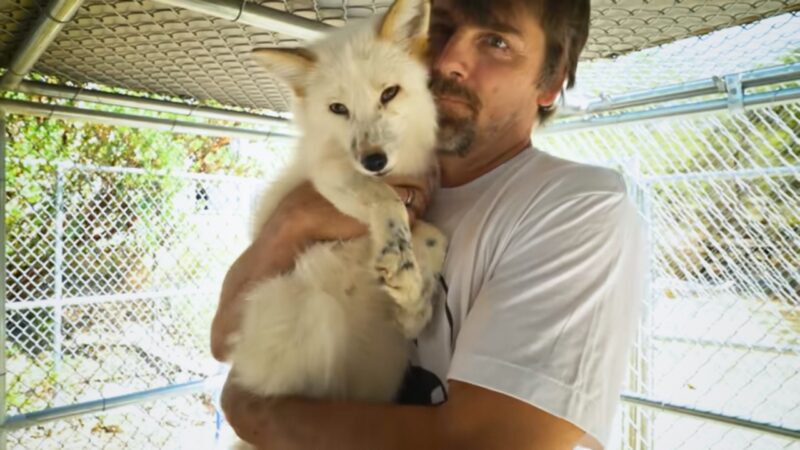
While there are instances, it’s essential to understand the dynamics. Foxes have been known to prey on chickens, especially if they are easily accessible. However, with proper security measures like secure coops, the threat can be minimized. It’s more about opportunity than preference.
How did urbanization affect their diet?
Urbanization has significantly influenced the diet and habits of foxes. The shift from wild terrains to urban landscapes has necessitated adaptability.
- With the growth of urban areas, foxes have become more reliant on human leftovers. Fast food scraps, discarded fruits, and even pet food left outside have become part of their diet.
- While urban foxes still possess their hunting instincts, opportunities are limited. Parks and gardens might offer some chances, but the density of prey is much lower than in wild terrains.
Health implications of diet changes
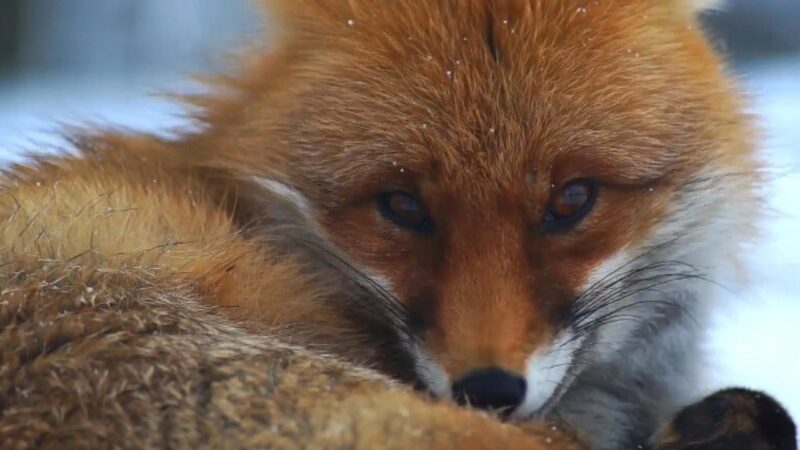
The shift in diet, especially for urban foxes, has health implications. The quality and nutritional value of scavenged food can vary greatly. Relying heavily on human leftovers can lead to malnutrition. Fast food and processed foods lack the essential nutrients that foxes require for optimal health.
Scavenging exposes foxes to harmful substances. Consuming food from garbage bins can expose them to rotten food, chemicals, and other harmful agents, leading to various health issues.
FAQs:
To sum up…
Foxes are incredibly adaptable animals with a diverse diet that allows them to thrive in various environments, from wild forests to urban cities. They eat small mammals, birds, insects, fruits, and vegetables, adjusting their diet based on the availability of food, the season, and the specific challenges of their habitat.
Urbanization has significantly changed the diet of some foxes, making them more dependent on human food waste, which can have both positive and negative effects on their health.
Related Posts:
- What Do Weasels Eat? - Diet, Lifestyle, and Adaptations
- What Do Black Bears Eat? Insights into Their Diet
- Integrating Energy Efficiency and Renewable Energy…
- Why Do Foxes Scream at Night? Vocal Enigmas of the Night
- Are Foxes Canines? - Let's Unveil The Truth
- How Do Red Foxes Survive Winter? Survival Guide


